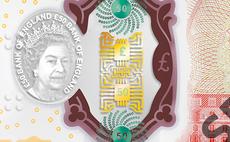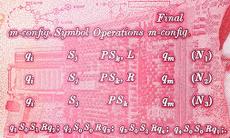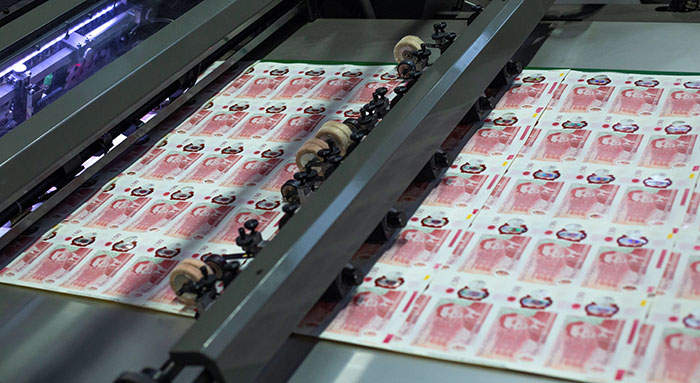Yesterday the Bank of England unveiled the new £50 note featuring Alan Turing. The computer science pioneer is one of the UK's most important scientists and helped hasten the end of WWII thanks to code breaking activities at Bletchley Park. Turing was chosen from over a 1000 names put forward by the public, into a shortlist of 12, whittled down to one by the Banknote Advisory Committee.
This polymer £50 note joins the Churchill £5, the Austen £10, and the Turner £20 on 23rd June (Turing's birthday) which will mean all the UK standard banknotes will be polymer. You will have six months from that date to use up your mattress full of paper £50s. When you see it and look at it closely at the design there are a surprising number of tech design Easter eggs hidden within.
 |
 |
 |
The main thing that identifies Turing on the new £50 is of course his portrait, from a photo taken in 1951. However, there are lots of other interesting designs inspired by Turing's work, added to the polymer note, as follows:
- A table and mathematical formulae from Turing’s seminal 1936 paper 'On Computable Numbers, with an application to the Entscheidungsproblem'.
- A detail diagram of the Automatic Computing Engine (ACE) Pilot Machine.
- Technical drawings for the British Bombe, the Enigma code-breaking machine.
- Alan Turing’s birthdate (23 June 1912) in binary code.
- A Turing quote and signature.
- Two green 21 spiral features based on a sunflower head (linked to Turing’s morphogenetic work in later life).
- See-through windows on the note inspired by architectural features at Bletchley Park.
- A red foil patch featuring a sunflower head with an AT monogram.

The Turing Challenge
In addition to the above £50 news, the BoE has collaborated with GCHQ for a set of 12 puzzles based on the new note's design. Put together by the intelligence staff at GCHQ, this is said to be the cyber agency’s "toughest puzzle ever". Each puzzle is more difficult than the previous one, while the last puzzle requires all the previous answers plus an Enigma simulator to solve it…













